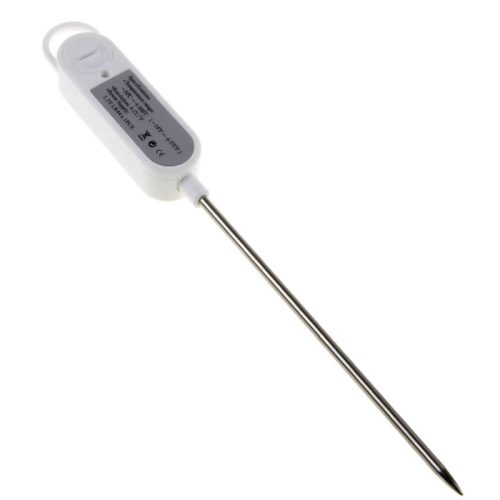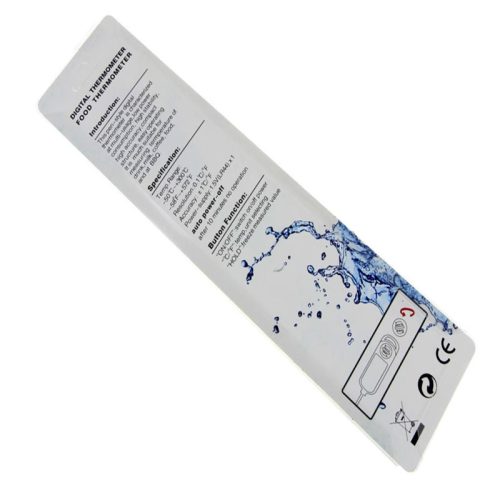Hygrometers are instruments designed to measure the moisture content or relative humidity in the air. They utilize various scientific principles and mechanisms to determine humidity levels accurately. Several types of hygrometers exist, each using different scientific principles. Here are some common types and the science behind their functioning:
- Psychrometric Hygrometers: These hygrometers are based on the principle of evaporative cooling. They consist of two thermometers: a dry-bulb thermometer and a wet-bulb thermometer. The wet-bulb thermometer is covered with a moistened wick and exposed to moving air. Evaporation from the wet-bulb thermometer causes cooling, and the difference in temperature readings between the dry-bulb and wet-bulb thermometers is used to calculate the relative humidity.
- Hair Hygrometers: Hair hygrometers work on the principle that human or animal hair lengthens and contracts with changes in humidity. They consist of a hair bundle attached to a mechanism that measures the expansion and contraction of the hair in response to humidity changes. This movement is then converted into a humidity reading.
- Capacitive Hygrometers: These hygrometers use a capacitor to measure humidity. A humidity-sensitive material, such as a polymer, is placed between two conductive plates. As the humidity changes, the dielectric properties of the humidity-sensitive material alter, causing changes in the capacitance of the capacitor. By measuring these changes, the device determines the humidity level.
- Resistive Hygrometers: These hygrometers utilize a humidity-sensitive material, such as a coating or film, that changes its electrical resistance based on humidity levels. By measuring the resistance changes in this material, resistive hygrometers determine the humidity.
- Gravimetric Hygrometers: These hygrometers measure humidity by assessing the change in weight of a moisture-absorbing substance, like a hygroscopic salt or a porous material, when exposed to air of varying humidity levels. The weight change corresponds to the amount of moisture absorbed, enabling the calculation of relative humidity.
- Dew Point Hygrometers: Dew point hygrometers measure the temperature at which dew forms on a surface. They work on the principle that as air cools, it reaches its dew point—the temperature at which the air becomes saturated and condensation occurs. By measuring this temperature, the instrument determines the current humidity level.
These different types of hygrometers rely on physical properties, such as the response of materials to moisture, changes in temperature, electrical properties, or condensation phenomena, to accurately measure humidity levels in the air. They provide valuable insights into moisture content, enabling us to monitor and control humidity in various environments for purposes ranging from comfort to industrial processes and scientific research.


